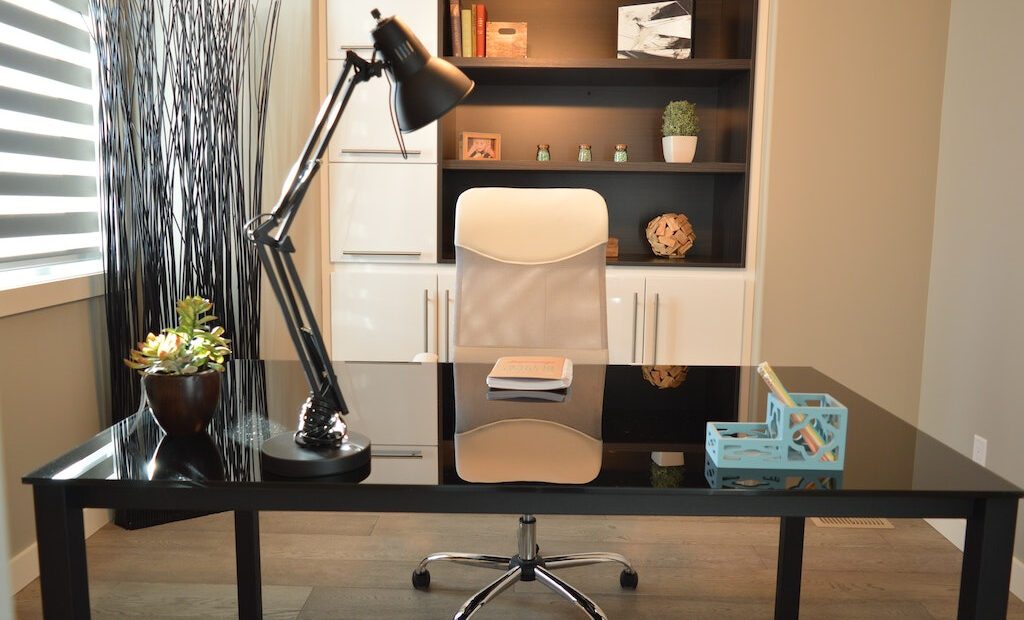A guide to transforming a office work space

A well-designed, healthy office space is naturally a happier, more productive space. And it doesn’t take much to create a healthy home working space that makes users feel motivated and ready to deliver their daily to-do list. Workers can see their performance take a turn for the better with these easy tips and how-tos.
Ergonomic office furniture
Most people sit at their desks for at least five hours every working day, so it makes sense to invest in quality, ergonomic furniture that supports the muscular-skeletal system and prevents aches, pains and injuries through poor posture. One can, for example, get moving chairs, backrests to support lumbar posture, shaped desks, keyboards that protect wrists and adjustable height monitors to keep the head at a comfortable height. Failing that, a standing desk can keep the user fit and healthy while they work. Some people even use a treadmill desk to keep their heart, brain and cardiovascular system healthy, whilst maintaining a healthy weight.
Minimal distractions
Distractions at work make it very difficult to concentrate, so it’s best to focus on hygiene factors that allow full concentration. For example, if there is household noise, the office door should be kept shut and locked if necessary; phone calls can be managed with call screening. It’s a good idea to schedule appointments so that focus time is optimal. Using a blind to manage exterior light and keep the temperature of the home office comfortable is a must, and it’s also useful to consider productivity apps that help to manage time and keep users away from online distractions such as social media and online shopping. Many productivity apps like Time Doctor offer a range of great features to help keep things on track while working.
Think about colour
Different colours have a powerful effect on workplace psychology and performance. For example, blue and green are thoughtful and calming, yellow is the colour of intellect, orange is energising, red is powerful (but can be aggressive – hence its use in sales rooms), and pink is nurturing. It’s worth thinking about creating an office in colours that one naturally responds to so that on entering the working space it will provide a mental lift and a connection that inspires success.
Desk organisation is key
Desks should be organised to remove clutter and create a clean, clear and productive space. Filing systems, pen pots and paper organisers are useful to keep desktop items under control, along with cable tidies and wireless charging points, and having a plant and picture nearby will be invigorating. Lastly, a large pad under the keyboard to write notes and to keep a daily priority list is always a good idea.
Proper office lighting
Bad lighting in the office can often damage the quality of working life for many employees. When working from home, one has the chance to rectify this, with specific, task-based lighting that meets individual needs. For example, it might work to install a light that mimics natural daylight during core hours, and offers blue-light blocking after dark to maintain healthy circadian rhythms (which regulate sleep.) Aesthetics are as important as performance in a blended living and working space.
The view
The view from a desk can powerfully affect the way that one feels and the ease of focusing. A view of an outdoor, natural space is ideal, if possible, as this will help give a sense of mental wellbeing and allow practice of the 20-20-20 rule of good eye health (20 seconds of looking 20 metres away, every 20 minutes). The desk should be positioned to take advantage of natural light if there is any as windows and sources of fresh air are very energising.
The editorial unit


















Facebook
Twitter
Instagram
YouTube
RSS